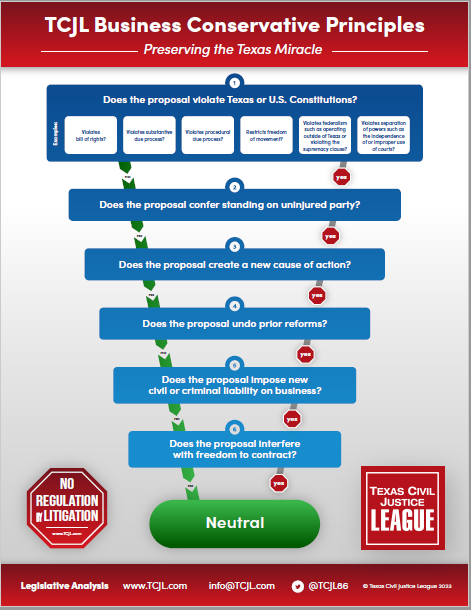 In a case that could have a wide-ranging impact in the oil patch, the Texas Supreme Court will decide who owns produced water arising from a hydraulic fracking operation: the operator or the surface owner?
In a case that could have a wide-ranging impact in the oil patch, the Texas Supreme Court will decide who owns produced water arising from a hydraulic fracking operation: the operator or the surface owner?
Cactus Water Services, LLC v. COG Operating, LLC (No. 23-0676; granted January 31, 2025) arose from a dispute between COG, the mineral lessee on four leases covering 37,000 acres in Reeves County, and Cactus, an entity formed by a group of landowners to sell produced water from oil and gas operations in the area. Since COG began producing wells on its leases, it has disposed of its oil and gas waste, including produced water, with the assistance of surface use compensation agreements and right-of-way agreements with the surface owners that allow COG to gather, store, and transfer waste. These agreements gave COG the right to construct fresh water lines, produced water lines, and flow lines on the surface, as well as the right to lay pipelines for the transportation of “oil, gas, petroleum, produced water and any other oilfield related liquids or gases.” In 2019 and 2020, the surface owners organized Cactus and transferred to the new entity all the surface estates’ water rights on the leases. Cactus acquired ownership and the right to sell all water “produced from oil and gas wells and formations on or under the” properties. When Cactus informed COG of its water leases in March 2020, COG filed a declaratory judgment action seeking a declaration that it had the sole right to the produced water under the mineral leases and other agreements with the surface owners. Cactus counterclaimed, joining the issue of “whether the mineral leases conveyed produced water to COG.”
The trial court granted summary judgment for COG, declaring that COG owned the oil, gas, and other products contained in the commercial oil and gas bearing formations and has the right to exclusive possession, custody, control, and disposition of its product stream, including produced water. Cactus appealed.
In an opinion by Justice Rodriguez, joined by Justice Soto, the El Paso Court of Appeals affirmed. Cactus argued, in brief, that the mineral leases only gave COG the right to “oil, gas and other hydrocarbons,” not to produced water from oil-and-gas bearing formations. It argued further that the leases (which did not define “water”) do not permit COG to sell produced water to third parties for off-premises use because “water is not a hydrocarbon” and “was not conveyed as part of the mineral estate.” COG, on the other hand, asserted that “the leases must be construed to effectuate the parties’ general intent to convey oil and gas in their natural form,” and that “natural form” constitutes a “product stream” that contains a waste byproduct known as produced water. The majority, consequently, had to decide “whether ‘produced water’ is, as a matter of law, water or if it is waste.”
The majority approached the question from the standpoint of statutory and regulatory definitions of “oil and gas waste,” found in various places in the Natural Resources and Water Codes and RRC rules. First, the rules clearly distinguish “groundwater” and “fresh water” from produced water, which appears in the definitions of “waste” as “salt water,” “mineralized water,” “brine,” and other fluids and liquids. Indeed, as the court (echoing COG’s petroleum engineering expert) points out, “the term ‘produced water’ is essentially a misnomer, as it bears little resemblance to water given the ‘numerous constituents’ it contains other than water. Instead, produced water is more accurately classified as a waste byproduct of oil and gas production.” The majority further pointed to RRC rules requiring a permit to dispose of oil and gas waste for the purpose of protecting groundwater from contamination from, among other things, produced water. Finally, the court observed that industry practice has always considered produced water as a waste product, and only with recent advances in treatment technology has produced water begun to be “perceived . . . as a substance with value.” At the time the leases in question were executed, there was no question about it: produced water was part of the waste stream, not a commodity, and “nothing in the mineral leases suggests the parties intended to assign rights at a molecular level, following both extraction from the well and post-production processing.
Chief Justice Palafox dissented, taking the position that the leases did not convey “the entire product stream” to COG but only oil, gas, and other hydrocarbons. In her view, the leases would have had to convey water rights as well, and in the absence of any such grant, water “remains an unservered part of the surface estate.” She also criticized the majority for even considering the ancillary surface and right-of-way agreements pertaining to waste disposal as relevant. Even they were relevant, she argued, they point to the entirely different conclusion that the agreements reserved the water to the surface estate because it wasn’t specifically conveyed. Instead, Justice Palafox would have applied the “accommodation doctrine [] such that COG was permitted a reasonable use of produced water, but not its ownership.” Finally, she dismissed the industry practices and regulatory framework parts of the majority’s analysis as, once again, irrelevant.
In any event, familiar battle lines have been drawn: the oil and gas industry on one side, landowner groups (most of whom have already filed amicus briefs) on the other. SCOTX has scheduled oral arguments for March 18.





